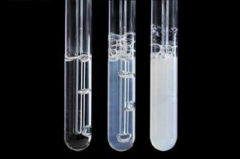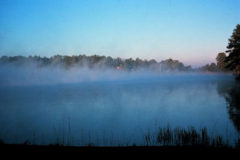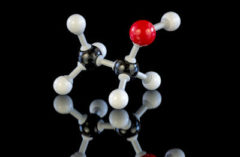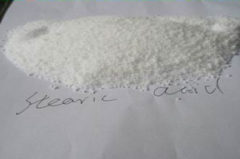 In this activity students investigate the rate of reaction between thiosulphate-ions and hydrochloric acid. By using an turbidity sensor to measure the amount of light that passes through the mixture, the reaction rate can be determined. The reaction order can also be calculated from the results.
In this activity students investigate the rate of reaction between thiosulphate-ions and hydrochloric acid. By using an turbidity sensor to measure the amount of light that passes through the mixture, the reaction rate can be determined. The reaction order can also be calculated from the results.
 In this activity students investigate the process of evaporation and use a temperature sensor to record temperature changes during evaporation of water and alcohol.
In this activity students investigate the process of evaporation and use a temperature sensor to record temperature changes during evaporation of water and alcohol.
 In this activity students investigate process evaporation. They use a temperature sensor to record temperature changes during evaporation of alcohols. They investigate how the molecular mass of evaporating alcohol affects the rate of evaporation.
In this activity students investigate process evaporation. They use a temperature sensor to record temperature changes during evaporation of alcohols. They investigate how the molecular mass of evaporating alcohol affects the rate of evaporation.
 In this activity, the cooling of stearic acid, changing from liquid to solid is studied. Students record the temperature of stearic acid as it cools.
In this activity, the cooling of stearic acid, changing from liquid to solid is studied. Students record the temperature of stearic acid as it cools.
 This is an activity in which different student groups can investigate different items of food. A sample of a food of known mass is burned, heating a calorimeter. Students record the temperature of water heated in the colorimeter, calculate the energy transferred to the water, and hence estimate the energy present per unit mass of food.
This is an activity in which different student groups can investigate different items of food. A sample of a food of known mass is burned, heating a calorimeter. Students record the temperature of water heated in the colorimeter, calculate the energy transferred to the water, and hence estimate the energy present per unit mass of food.
 In this activity students measure the temperature change in four chemical reactions and classify the reactions as exothermic or endothermic.
In this activity students measure the temperature change in four chemical reactions and classify the reactions as exothermic or endothermic.